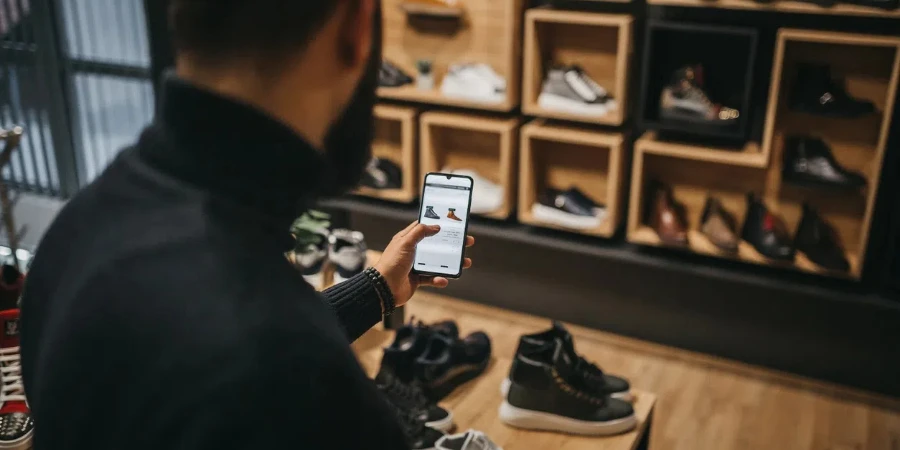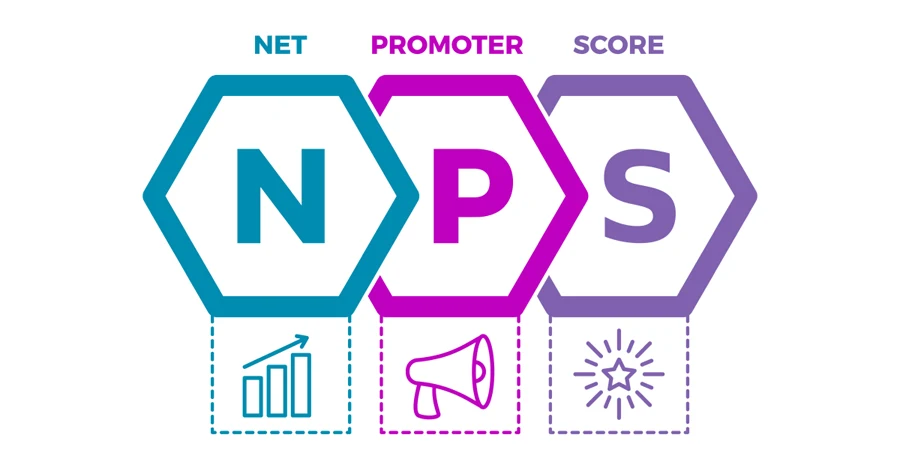Table of Contents
1. Overview of footwear ecommerce
2. The online footwear market
3. Top seven footwear ecommerce trends in 2024
4. Footwear digital marketing insights
5. Examples of successful footwear ecommerce platforms
6. Conclusion
Footwear ecommerce is booming in 2024, with more people shopping for shoes online than ever before. The convenience and vast product selection are driving this growth.
In this post, we’ll explore the top trends shaping the online footwear market in 2024 and how you can leverage these trends to enhance your ecommerce marketing strategy for footwear.
Overview of footwear ecommerce
Footwear ecommerce is a part of online fashion retailing that focuses on selling footwear to consumers. It has transformed the industry by providing consumers with many choices all in one place. They can choose from hundreds of brands, styles, sizes, and colors. This selection often surpasses the inventory available in brick-and-mortar stores.
The online footwear market is experiencing significant growth, with a valuation of $112.85 billion as of 2023. This growth can be attributed to the increased accessibility of the Internet and its associated benefits.
Detailed product information, vivid visuals, and informative videos also drive consumers to buy shoes online.
Further industry transformations in footwear ecommerce will occur in the coming years. Market projections indicate that the global ecommerce footwear market will expand at a compound annual growth rate of 7.25%, reaching a valuation of $211.87 billion by 2032.

The shoes ecommerce market is a booming industry. However, businesses still face unique challenges, such as:
- Size and fit issues: Footwear ecommerce stores must ensure that customers receive the correct size and fit. In the footwear industry, comfort is crucial when purchasing.
- Returns: This problem is prevalent in the online footwear and apparel industry. In 2023, the sector recorded a return rate of 24.4%. Factors such as product damages, mismatches between online product descriptions and the products received, and others contribute to high return rates.
- Logistics and delivery: Delivering footwear to customers is a complex process with many potential hurdles. These include managing inventory across multiple warehouses, ensuring timely shipping and delivery, dealing with shipping damages, and more.
Additionally, footwear requires specialized packaging and handling to prevent damage during transit. These add another layer of complexity to logistics.
The online footwear market
The ecommerce footwear market is experiencing a remarkable surge thanks to consumers’ growing digital expertise. Millennials are the primary drivers of this growth, with 35% preferring to purchase shoes from footwear ecommerce platforms because of their convenience and variety.
Beyond millennials, the footwear market online caters to a diverse customer base with varying preferences and needs. This diversity contributes to its highly segmented market, characterized by different key players, types, and regions.
Market share by key players
The footwear market online is highly competitive. Key players such as Walmart, Amazon, JD, Alibaba, eBay, Flipkart, and Shopify also dominated the market.
These footwear ecommerce platforms have achieved substantial market adoption. They exert influence through their product offerings, strategic partnerships, and marketing campaigns. They have a strong presence across various regions, including Europe, America, Asia-Pacific, the Middle East and Africa.
Brands like Nike, Adidas, and Zappos also provide ecommerce platforms for their customers. Smaller niche channels, like Allbirds and Vans, are also gaining popularity. They use unique product offerings and marketing strategies to deliver a tailored online shopping experience to specific consumer segments.
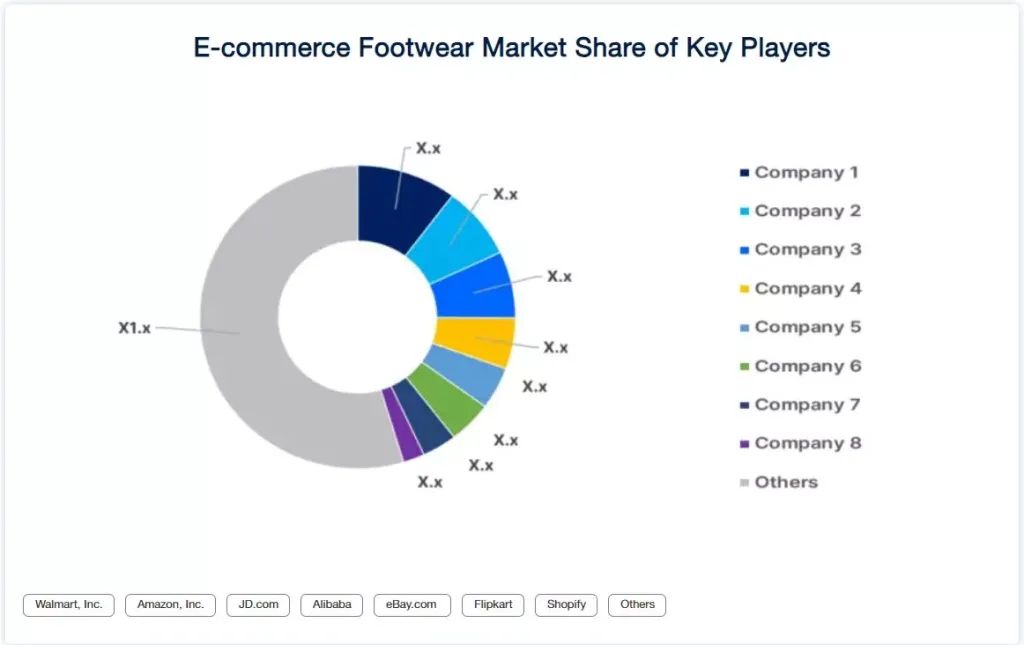
Market share by type
The footwear ecommerce market is segmented into various categories based on market type. These include leather, athletic, and athleisure footwear, with leather footwear having the largest market share.
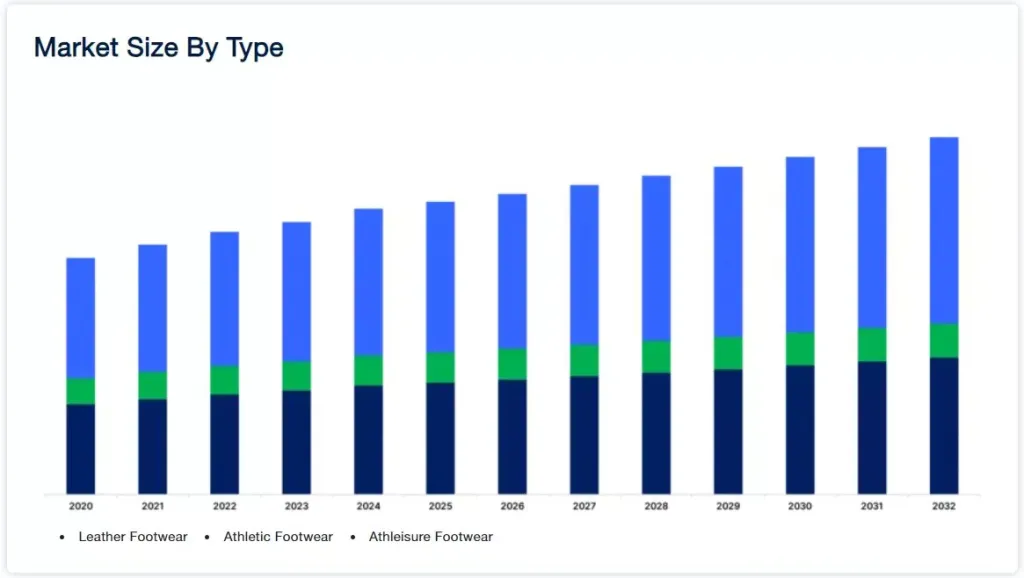
Leather shoes are renowned for their durability and sophisticated style, making them popular among consumers. The natural breathability of leather, which helps to regulate foot temperature and prevent odor, is a key factor driving demand in this market segment.
Market share by region
Different regions are experiencing growth in footwear ecommerce. North America currently dominates the ecommerce shoes market, thanks to its high online shopping rates and the presence of major industry players within the region.

North America remains at the forefront of development, with Europe and Asia-Pacific also witnessing substantial growth. Notably, the Asia-Pacific market is projected to contribute substantially to the global market’s expansion, with estimates suggesting a 60% growth share by 2027.
Top seven footwear ecommerce trends in 2024
The footwear industry is experiencing a rapid evolution, with several trends shaping the market. Let’s explore the top footwear ecommerce trends:
Market and consumer trends
1. Focus on sustainable and ethical practices
According to a Deloitte article on the sustainable consumer, environmental consciousness is a growing concern among consumers. The footwear industry is no exception. Sustainable materials, ethical production practices, and transparent supply chains are becoming more important for footwear brands.
Multiple examples show the use of sustainable practices. For instance, Allbirds’ Tree Dasher collection is made from sustainable materials with a carbon footprint of 6.01 kg CO2e. It is made with Merino wool and FSC-certified Tencel lyocell, while the shoelaces are recycled plastic bottles:
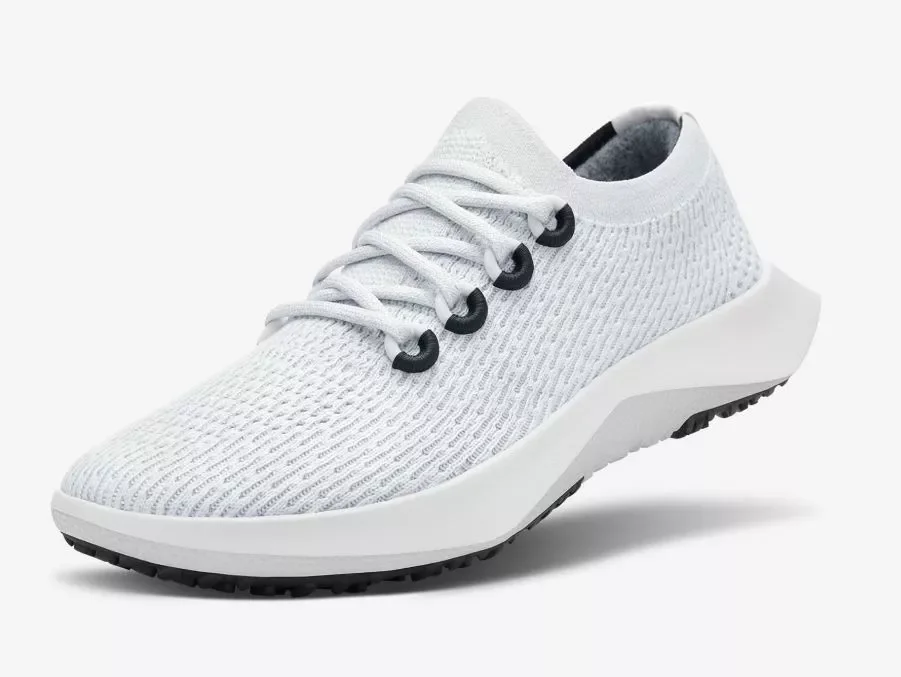
2. Athleisure transitioning into mainstream luxury
Athleisure wear has become a significant trend in the footwear market. It combines athletic wear with casual wear and is evolving from its primary association with sports. This trend is gaining popularity and is gradually becoming a mainstream fashion statement.
The main reason behind this shift is comfort. This shift has broadened the appeal of athletic footwear, making it more accessible to a wider audience beyond just athletes.
For example, athletic footwear brands like Nike and Adidas have expanded their product lines to include stylish and comfortable shoes for both athletic and casual occasions:

Technological trends
3. Customization
Footwear brands are leveraging technology to offer customized options, allowing customers to design their own shoes. This trend empowers consumers to take charge of their purchases and enjoy a more personalized shopping experience.
The “Nike By You” platform is a prime example. The platform enables customers to customize sneakers with various colors, materials, and designs:
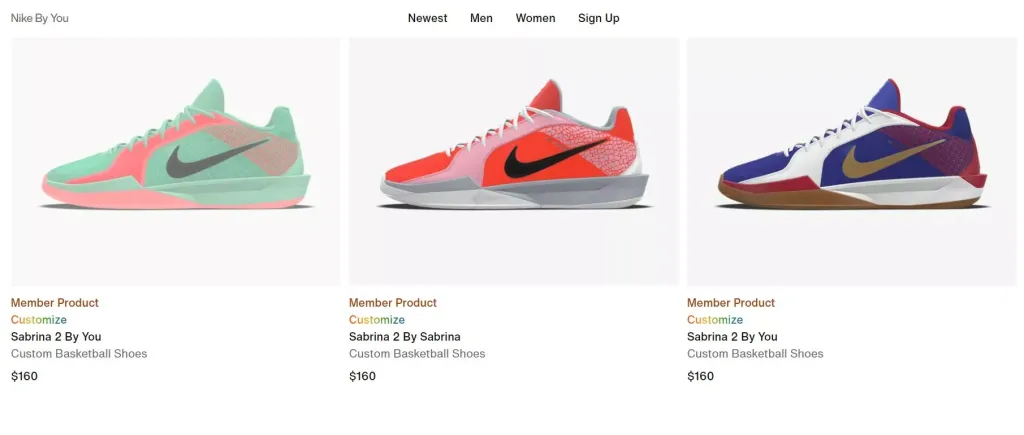
4. Augmented reality (AR) and virtual try-on
AR technology is revolutionizing the footwear shopping experience by creating interactive product demonstrations. Brands also offer virtual try-on features for customers to visualize how shoes look on their feet without physically trying them on. This trend is expected to continue as more consumers prefer the accuracy of virtual try-on for online shoe shopping.
For instance, Zappos integrated AR try-on features into its app for certain shoe styles, such as sneakers. These features allow customers to see how the shoes look on them from multiple angles:

Marketing trends
5. Segmentation and personalization
Creating the ultimate shoe marketing campaign requires a deep understanding of target audiences. If you want to generate deep connections with your customers, you need to invest time in improving targeted marketing.
Segmentation and automation are excellent ways to personalize your message based on your prospects’ shopping behavior. Footwear ecommerce brands use data analytics to segment customers for tailored marketing campaigns and personalized product recommendations.

This allows your business to provide a unique and premium customer experience and helps increase customer retention rates.
6. Omnichannel ecommerce shoe marketing
An omnichannel marketing strategy is a surefire way to improve customer satisfaction for your footwear ecommerce business.
Omnichannel strategies allow you to provide your customers with a personalized and consistent experience by connecting with them on their preferred messaging platform. This allows you to focus on improving your reach and conversions.
Integrate behavior-based data into your marketing strategy to get hyper-personal with your customer base. Send welcome emails, follow-up messages, and much more via multiple channels to reach your customers at their convenience.
7. Mobile commerce
Mobile commerce is another key trend in the footwear ecommerce industry. With more people using their smartphones to shop, optimizing your online store for mobile devices is a must. This includes having a mobile-friendly website, fast loading times, and easy navigation.
Many ecommerce footwear brands are also developing apps to improve their customers’ shopping experiences. These apps can offer exclusive deals, personalized recommendations, and a smoother checkout process, making it easier for customers to shop and engage with your brand.
Investing in mobile payment options is also important. Many shoppers prefer using mobile wallets like Apple Pay or Google Wallet. Offering these options can speed up the checkout process and reduce cart abandonment.
Related:
How to sell shoes online: Tips and 15 best places for 2024
Footwear digital marketing insights
You need to adopt effective digital marketing strategies to succeed in the increasingly competitive footwear ecommerce market. Here are some shoe ecommerce marketing strategies:
- Search engine optimization: With SEO, you can drive organic traffic to your ecommerce website.
You can create blogs, guides, and how-to content around footwear trends, styles, and care tips. Don’t forget to optimize this content for relevant keywords to improve search engine visibility.
This includes incorporating relevant keywords into product descriptions, titles, and meta tags. You should also use high-quality product images with descriptive file names. - Email marketing: Being a direct communication between business and the consumer, email marketing is one of the best digital marketing communication channels that footwear ecommerce brands can use to nurture relationships.
You can build an email list through website popups, contests, and loyalty programs. You can also deliver regular, relevant product recommendations, promotions, and exclusive offers to subscribers. - Social media marketing: With social media platforms, you can showcase your footwear products, engage with customers, and build a strong brand identity.
Platforms like Instagram, Facebook, Pinterest, and TikTok are ideal for showcasing footwear collections because of their visually driven environments.
You can use high-quality images, engaging videos, and user-generated content to build a strong online presence. Also, consider collaborating with influencers and hosting giveaways to amplify your brand reach and drive engagement. - Paid advertising: While organic strategies are essential, sometimes you need a little extra push to reach your target audience. This is where paid advertising comes into play.
Google Ads and social media channels like Facebook and Instagram offer targeting options based on user interests, behaviors, and demographics.
This way, you can display ads about your footwear products and services to interested audiences.
Examples of successful footwear ecommerce platforms
The footwear industry has seen a huge shift toward ecommerce. Several platforms emerging as leaders in the space include:
1. Zappos
By prioritizing customer satisfaction, Zappos has built a strong reputation as a reliable online footwear retailer.
The platform offers several popular shoe categories, including sneakers, sandals, clogs, slip-ons, and more. Each shoe listing includes detailed information and photos to help you make an informed decision.
The platform’s user-friendly website, free shipping and returns policy, and features like filters have made it a popular option for customers.
Zappos’ commitment to customer service is further highlighted by its 24/7 customer support and free shipping.
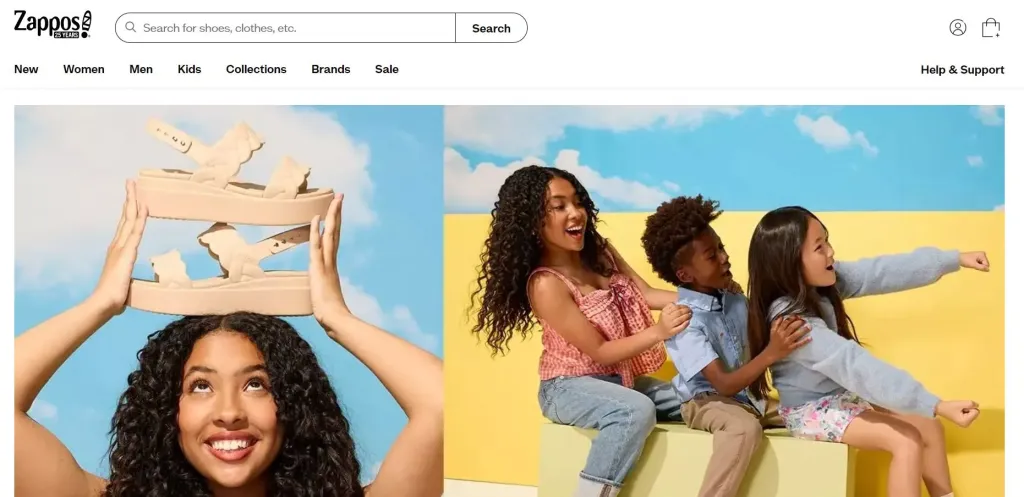
2. Foot Locker
As a footwear retailer that has transitioned to ecommerce, Foot Locker is a dominant force in the athletic footwear market.
Their online store offers an impressive selection of footwear. This includes popular brands like Nike and Adidas, as well as other exclusive releases and collaborations.
Foot Locker’s strong brand recognition and extensive retail network complement its online presence.
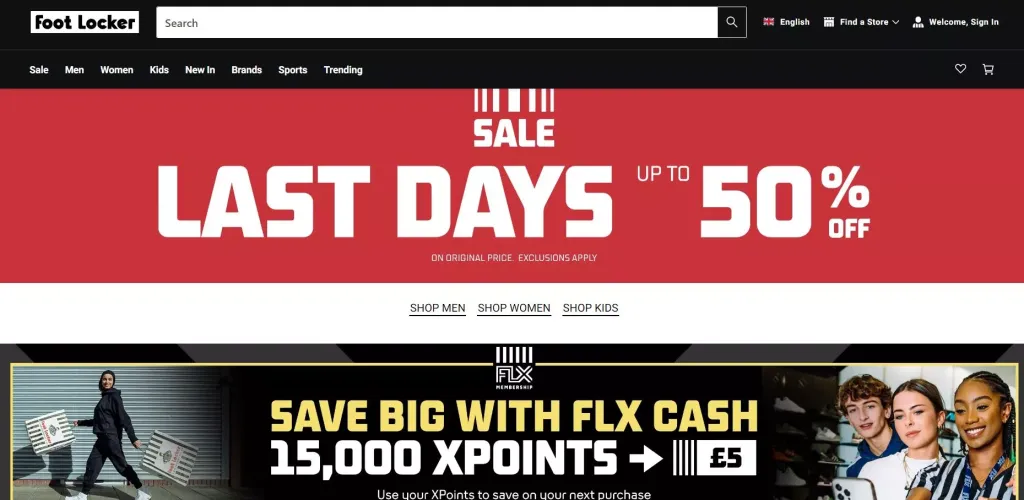
3. Nike
Nike is a global leader in athletic footwear, apparel, and equipment. The brand has built a firm online presence with its ecommerce platform Nike.com.
The website’s design and content reflect Nike’s athletic and innovative brand image. It offers detailed product descriptions, high-resolution images, and videos showcasing each shoe’s features and design.
Nike also provides comprehensive information to help customers make informed decisions, such as size charts, fit guides, and customer reviews. The channel also offers personalization features like customizing shoes with “Nike By You” platform.
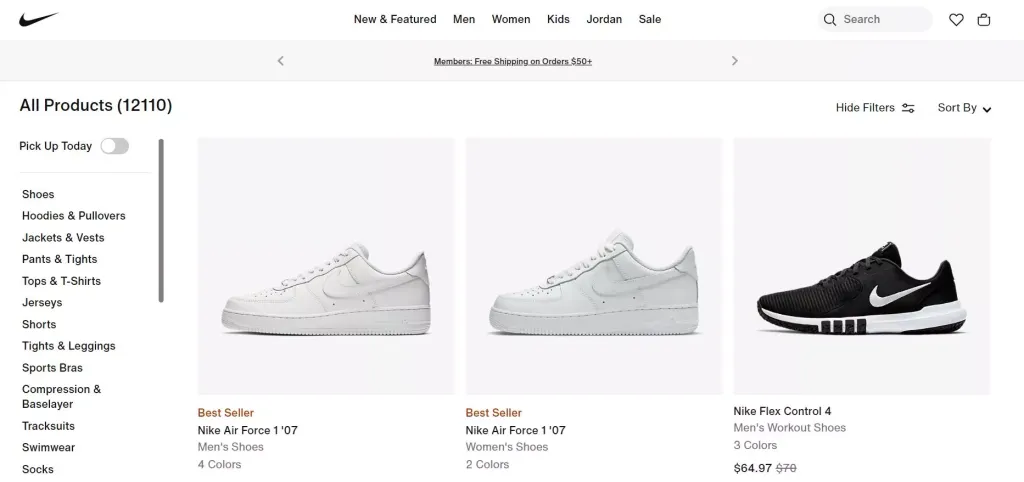
4. Allbirds
Known for its focus on sustainability and comfort, Allbirds has carved out a niche in the footwear ecommerce market.
It offers distinctive footwear made with eco-friendly materials that appeal to environmentally conscious consumers.
Allbirds’ website reflects its brand ethos with an intuitive design that facilitates navigation. It also features detailed product descriptions and transparent information about materials and production processes.
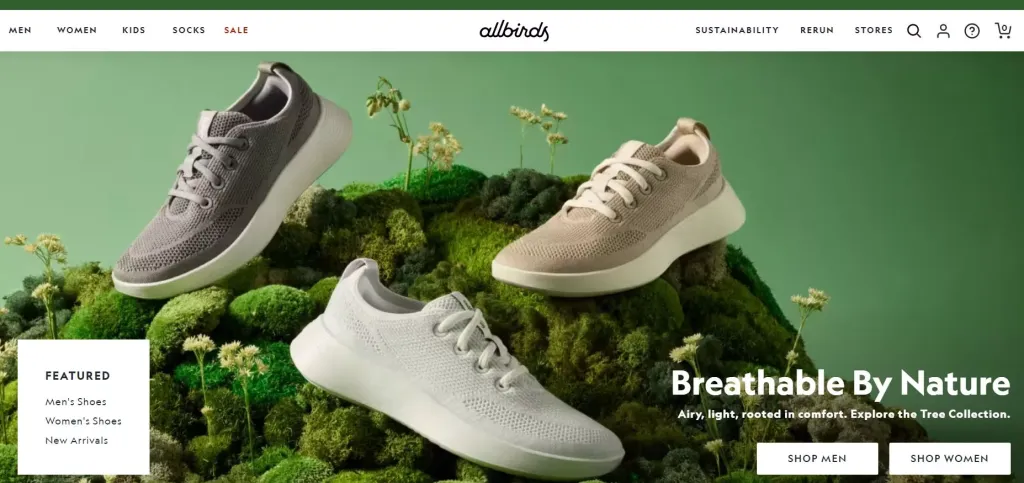
5. DSW
DSW’s website features an extensive footwear catalog, from high-end brands to affordable options.
The website allows customers to browse by trending shoe styles, brands, and other categories. It recommends product recommendations based on customers’ browsing history and trending shoes. Customers can easily search for and purchase shoes online, with options for in-store pickup or home delivery.
The company’s “DSW VIP” loyalty program offers exclusive discounts, early access to sales, and rewards points for every purchase to incentivize repeat purchases.

Conclusion
The footwear ecommerce market is experiencing significant growth and is projected to reach $211.87 billion by 2032.
A growing focus on sustainability is reshaping the industry. Consumers are increasingly demanding eco-friendly products and practices. In turn, brands are responding by shifting to sustainable materials and ethical manufacturing processes.
Additionally, augmented reality (AR) and artificial intelligence (AI) are transforming customer satisfaction. AR allows customers to try on shoes virtually, offering a more immersive and accurate shopping experience.
To capitalize on these trends, footwear ecommerce businesses need a forward-thinking marketing strategy that prioritizes personalization and automation.
By embracing current trends and effective marketing strategies, businesses can keep up with the fast-paced environment of online footwear retail.
Source from Omnisend
Disclaimer: The information set forth above is provided by omnisend.com independently of Alibaba.com. Alibaba.com makes no representation and warranties as to the quality and reliability of the seller and products. Alibaba.com expressly disclaims any liability for breaches pertaining to the copyright of content.
